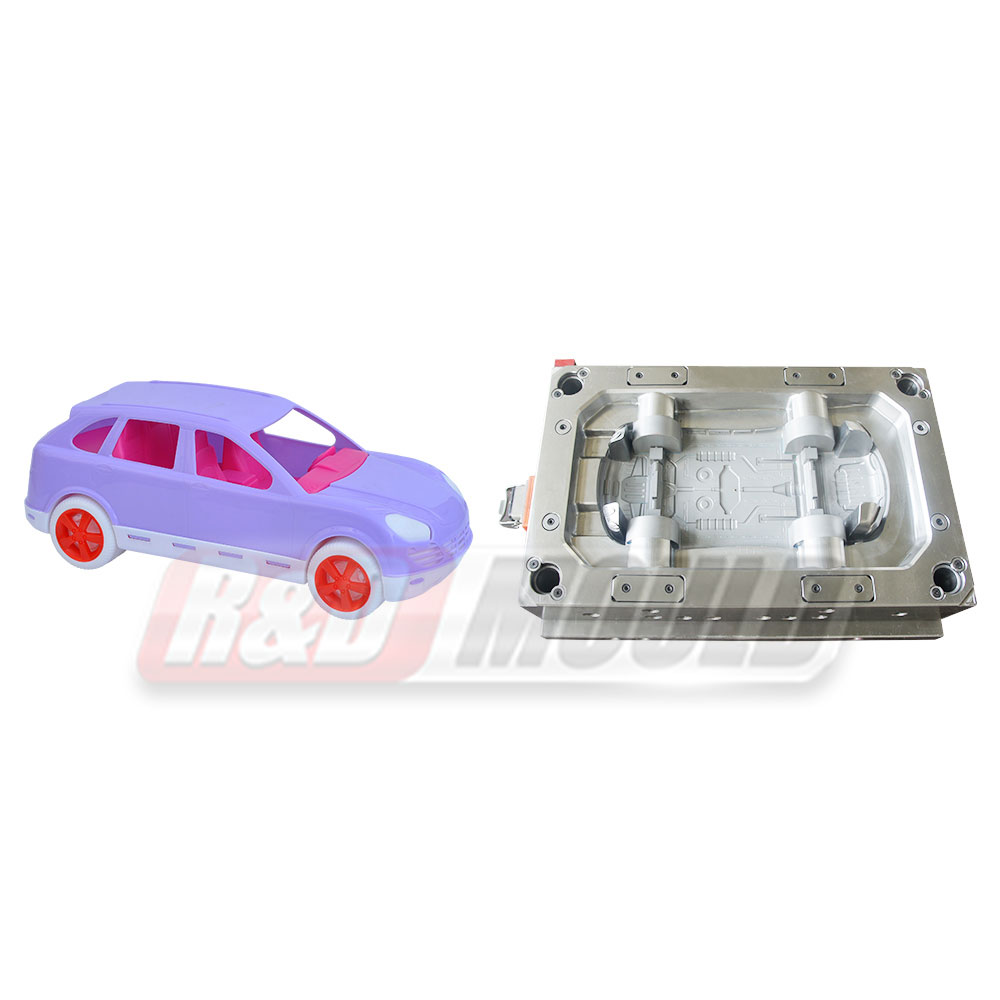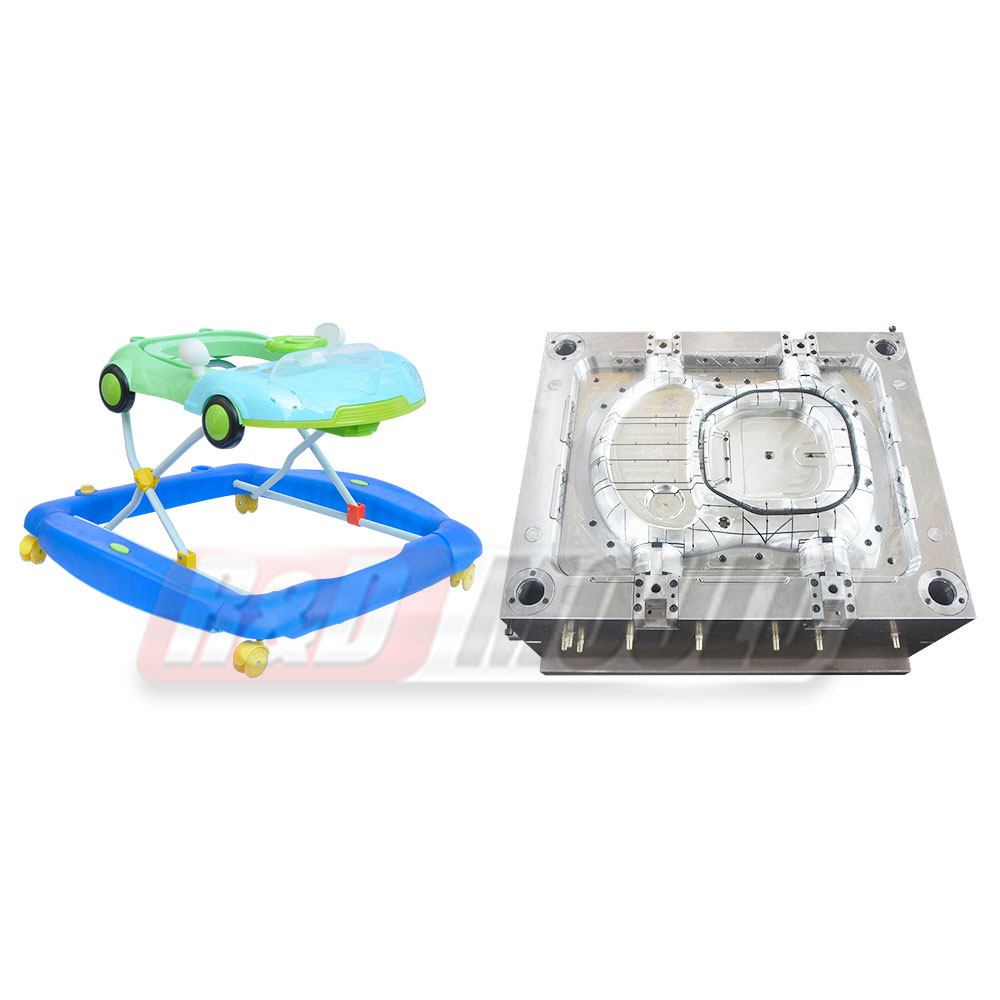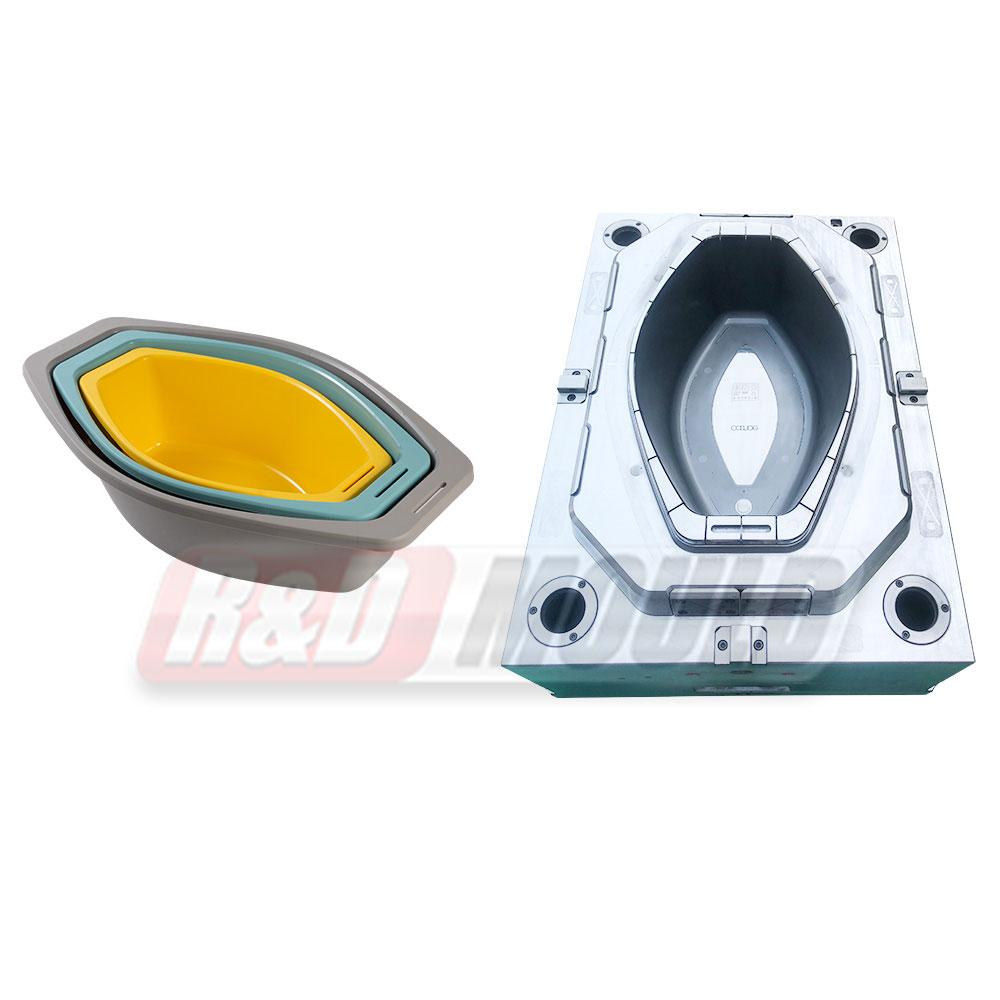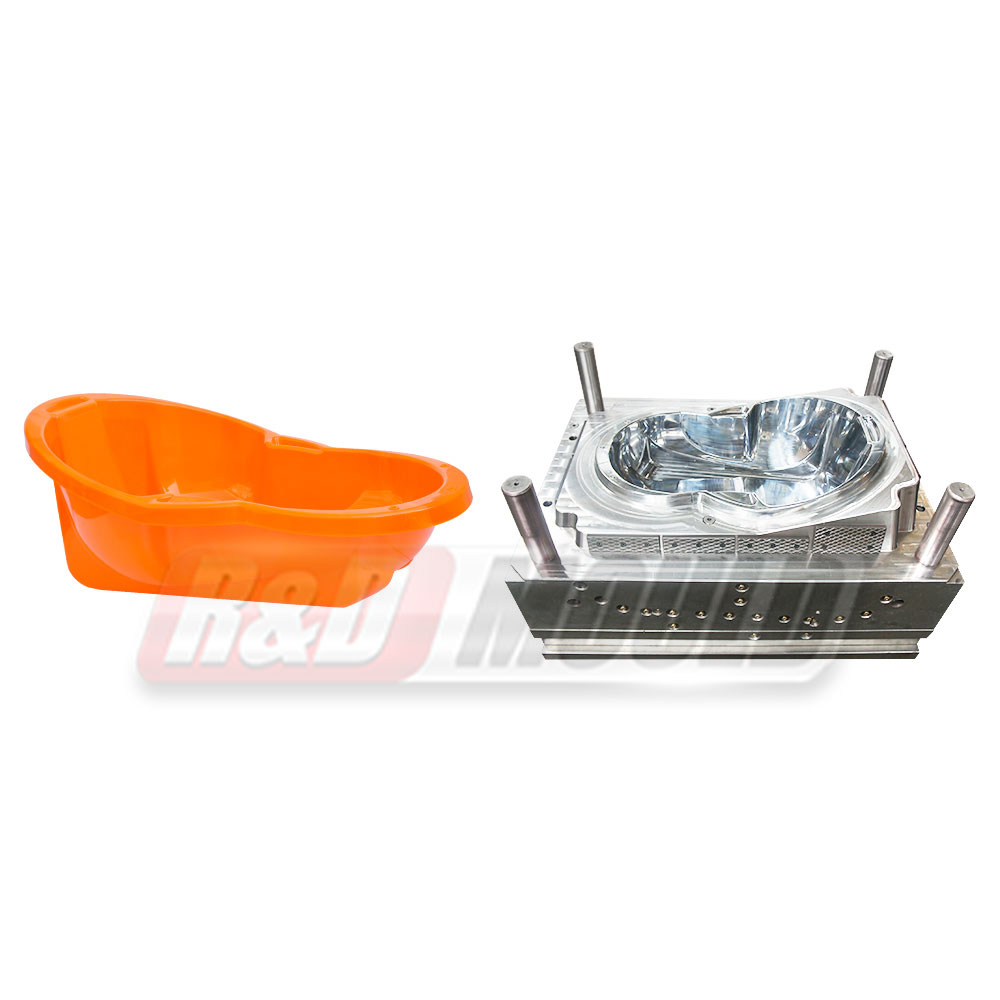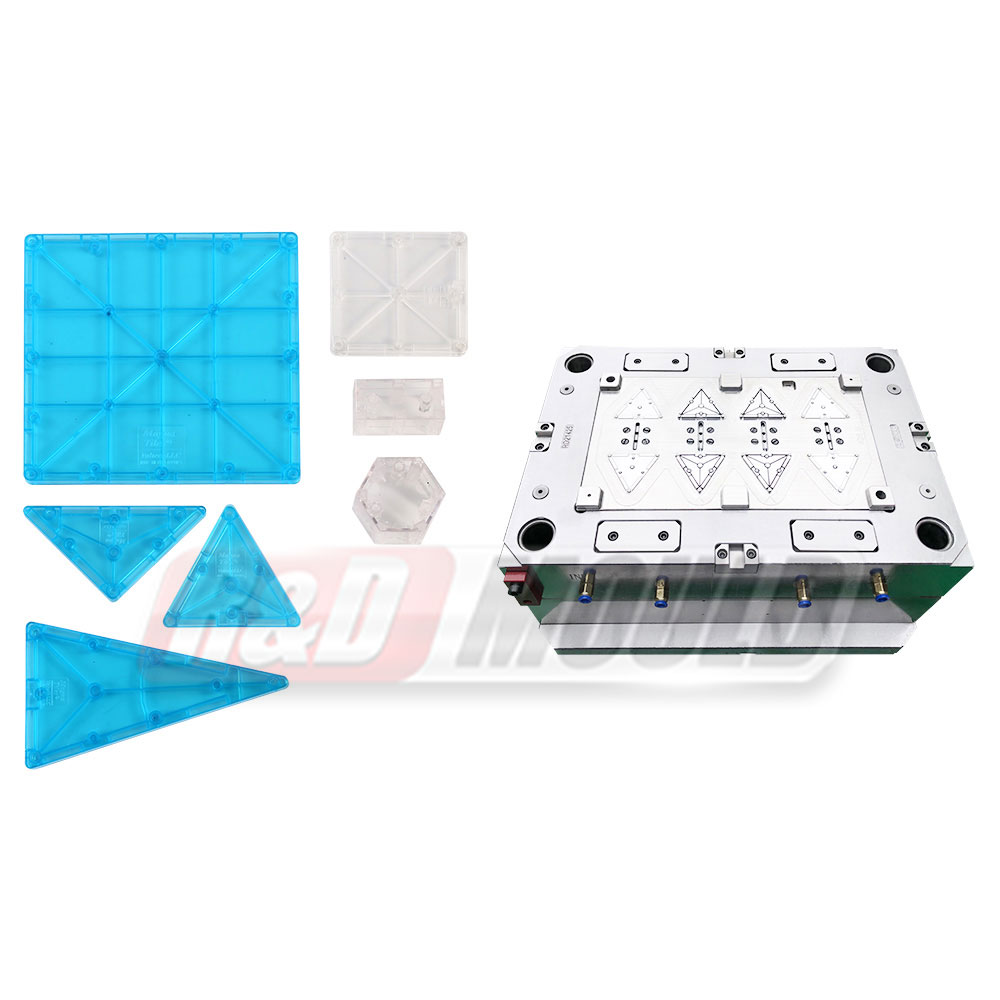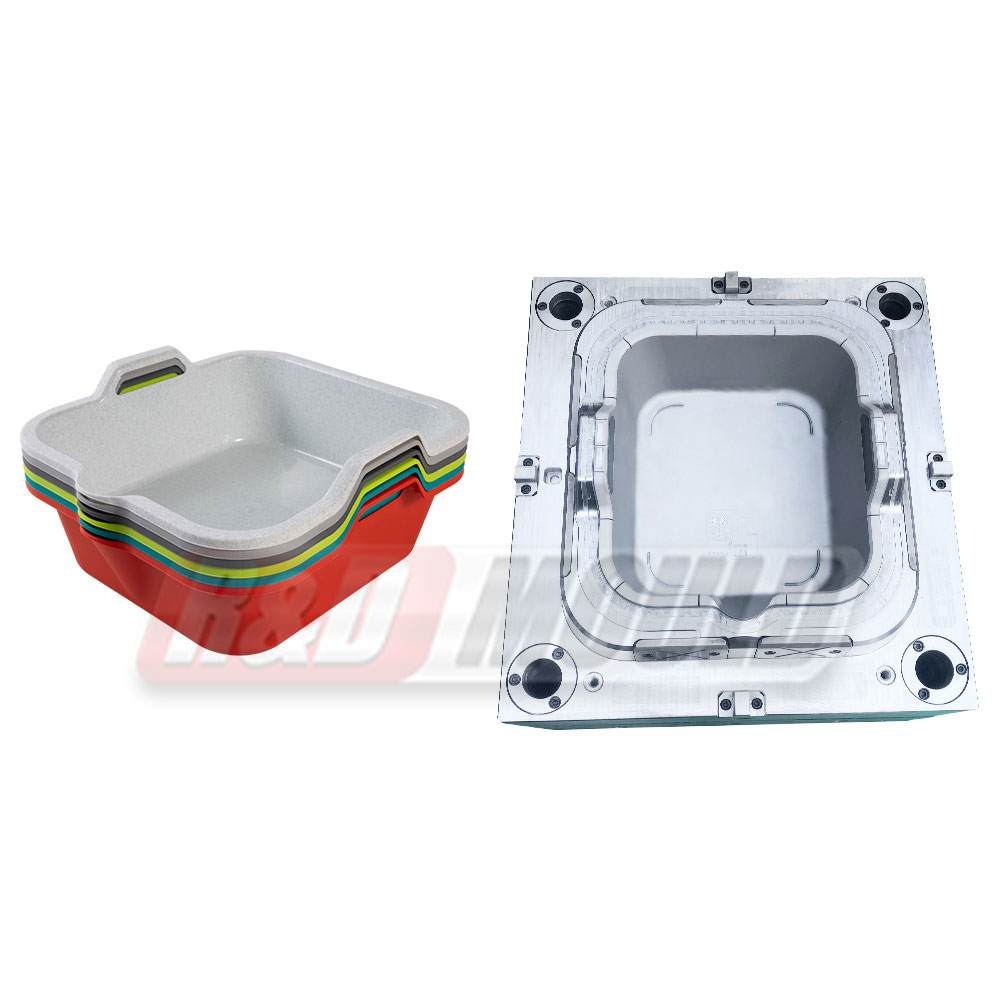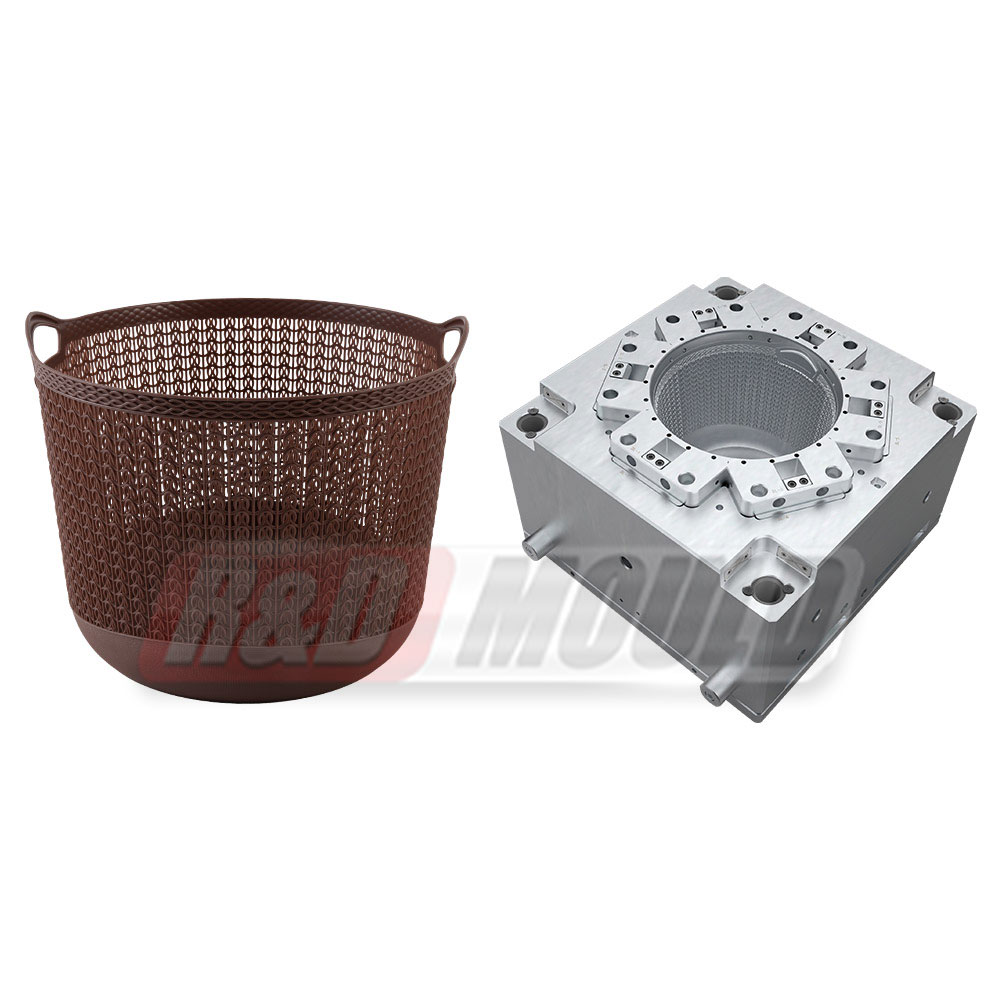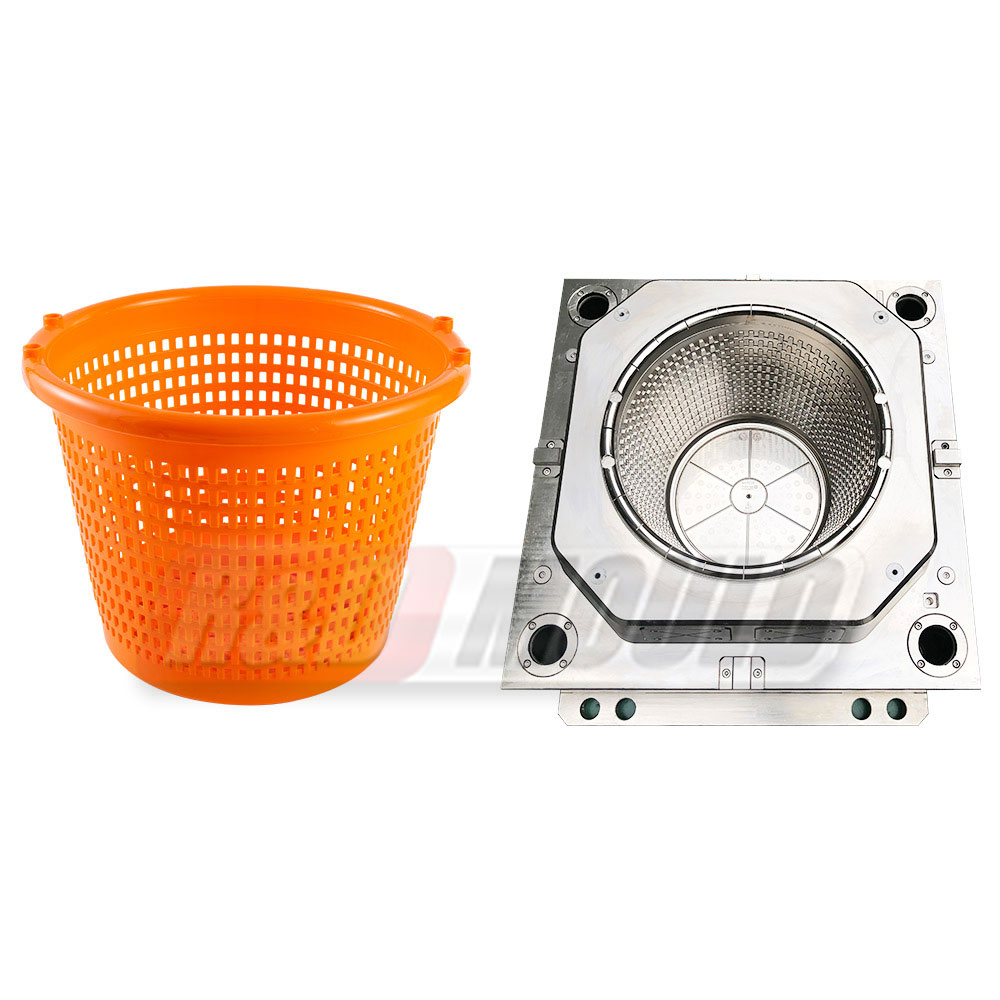In today’s furniture manufacturing industry, where consistency, quality, and efficiency are pivotal, the role of Furniture Mould has never been more critical. Among the various attributes that define a successful production cycle, durability stands out as a key factor. Furniture Mould, when crafted with precision and fortified materials, offers the reliability and resilience manufacturers depend on to meet growing demands.
At the heart of Durable Furniture Mould lies the careful selection of materials. High-strength alloy steel is often the go-to choice due to its ability to withstand continuous use under intense mechanical and thermal conditions. This material forms the foundation of many long-lasting Furniture Mould designs. Combined with professional hardening treatments, such moulds are capable of enduring repeated pressure without compromising their shape, surface detail, or structural integrity.
A standard Furniture Mould is expected to go through thousands of cycles. Whether it is shaping the sleek legs of a plastic chair or the structured contours of a cabinet panel, Furniture Mould must deliver the same level of precision every time. This consistent performance is only possible through a design built to resist wear, stress, and thermal fatigue. By minimising deformation and extending life span, Furniture Mould contributes to the overall sustainability of manufacturing operations.
Thermal resistance is another critical area where Furniture Mould showcases its strength. During production, moulds are often exposed to high temperatures as molten plastic or composite materials are injected into them. Without proper thermal endurance, any Furniture Mould would quickly deteriorate, to increased maintenance or full replacement. By resisting high heat, modern Furniture Mould ensures stable operation, uninterrupted production, and minimal downtime.
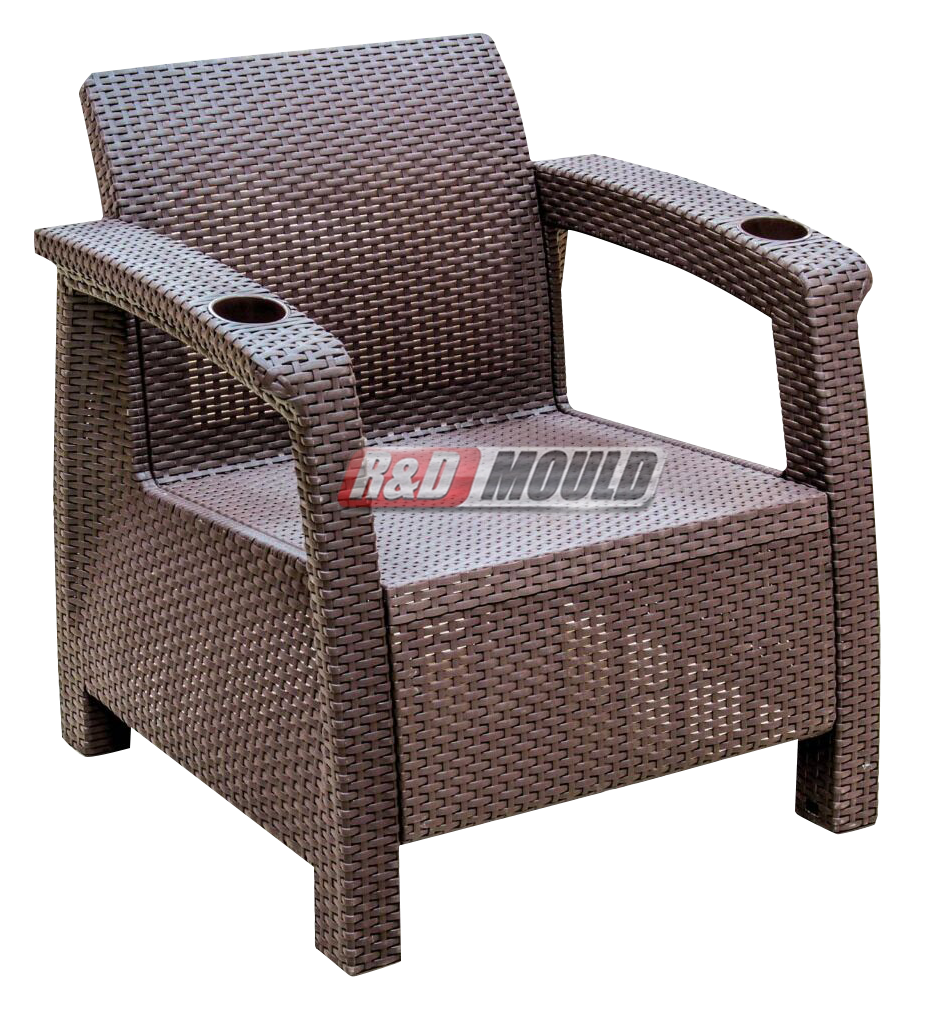
In addition to high temperatures, Furniture Mould must also tolerate substantial mechanical pressure. Every injection or compression cycle exerts force that, over time, could weaken substandard materials. However, durable Furniture Mould is engineered to resist these pressures, thanks to reinforced inner structures and calculated stress distribution. This allows Furniture Mould to retain its functionality and form, even after prolonged use.
Corrosion is another silent enemy in the moulding process. Moisture in certain raw materials or exposure to cooling water systems can trigger internal corrosion, especially if the Furniture Mould is not treated or made from the right alloy. Advanced Furniture Mould incorporates anti-corrosive surface coatings or utilizes stainless or corrosion-resistant steel, offering enhanced protection without affecting the forming accuracy.
What sets Furniture Mould apart in the global market is its capacity to deliver reliable outcomes under challenging conditions. In many cases, manufacturers aim for mass production over extended periods. Without a dependable Furniture Mould, product defects, delays, and higher operating costs would be inevitable. The wear resistance and thermal durability embedded in each Furniture Mould translate to a direct boost in productivity.
Design engineers also play a major role in enhancing the life of Furniture Mould. With simulation tools and precise analysis, the design phase helps identify stress points, allowing improvements before physical production. This forward-thinking approach ensures that each Furniture Mould is optimized not only for product shape but also for durability.
From the injection of polypropylene chair backs to the compression forming of MDF cabinet panels, Furniture Mould is at the core of almost every piece of modern furniture. Its durability ensures that every product, whether aesthetic or structural, meets expectations without overburdening maintenance teams or requiring frequent replacements.
Investing in a well-designed and well-built Furniture Mould is more than a technical decision—it’s a strategic move. The durability of Furniture Mould reduces long-term costs, improves output quality, and supports continuous production. For factories aiming for consistency and volume, the longevity of Furniture Mould directly affects bottom-line performance.
As demand grows and designs become more complex, the durability of Furniture Mould will remain an essential benchmark. With each advancement in materials and processing, Furniture Mould evolves—not only to meet today's requirements but to withstand the challenges of tomorrow's manufacturing landscape.





 English
English عربى
عربى Español
Español Français
Français